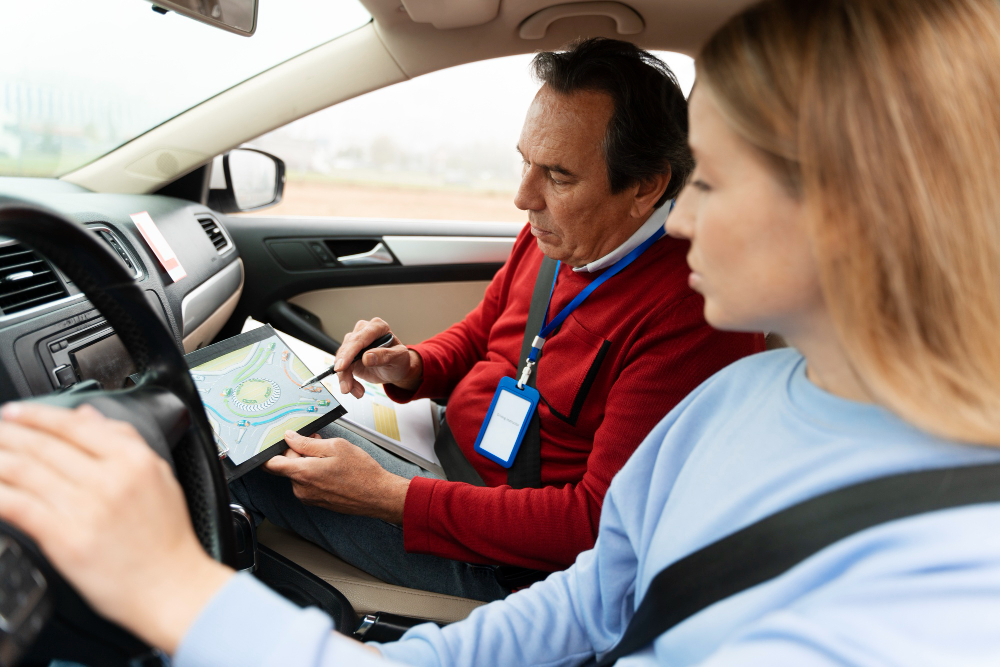Wheatsheaf old glossop | Cars, Driving, Driving skills
Uncomfortability behind the wheel may take some time, so learners should be encouraged to drive at their own pace, taking side streets instead of freeways until they’ve gained confidence.
Find a large, quiet car park to practice basic manoeuvres before progressing onto busier streets and eventually night driving or driving in bad weather conditions.
1. Practice makes perfect
Driving may seem like an old cliche, but driving is actually an acquired skill that takes practice to perfect. While it might take weeks or even months before you feel more at ease behind the wheel, repetition will help develop this vital skill.
As part of your driving training, it’s also essential that you expose yourself to different road conditions. If you struggle with roundabouts, for instance, try going to an empty parking lot and practicing maneuvering between safety cones. Also practice driving in all kinds of weather to become familiar with how your driving has to adapt depending on the circumstances.
Music should only be played sparingly as this may become a distraction and make you lose focus on what lies ahead of you. To boost your confidence and master nerve management effectively, practice and learn to manage them through repetition and practice.
2. Don’t panic
People with driving anxieties often struggle to stay calm while behind the wheel. To control anxiety effectively and stay relaxed while on the road, it is essential that they learn how to effectively manage it rather than let it control them.
One effective approach to doing this is taking regular breaks from driving in order to stretch your legs and breathe fresh air, or finding a quiet road or car park to practice driving and restore confidence.
Re-framing the situation to create more positive thoughts may also help challenge irrational ones. You could think about why you are driving, such as visiting friends far away or being able to choose your music – remind yourself of all its advantages which could help make driving less daunting, making driving feel less burdensome while on the road. This should help ease tension when on the road.
3. Take it one step at a time
Once you pass your driving test, it can be nerve-wracking to feel anxious – don’t judge yourself too harshly; building up confidence takes time.
As it’s essential to take things gradually, beginning in parking lots before progressing to quiet streets, practicing driving at various times of day (such as early morning or lunchtime) can also help familiarise oneself with how different roads differ during different parts of the day.
Imagine success: Instead of dwelling on what scares you, visualise it instead with confidence! This technique works well for many people – even those who’ve passed their tests.
4. Don’t let other drivers intimidate you
There is an unfortunate presence out there called tailgaters that attempt to intimidate drivers by following too closely or driving too near to their vehicles, also known as tailgating. Their goal is often forcing speed or moving out of their path in an unsafe or unpleasant way; these drivers should not be taken lightly when on the road.
Remain calm and avoid reacting, as their behavior could just be baiting for a reaction from you. Reacting may only escalate the situation further and may even cause mistakes while driving.
Once you feel ready, it may be beneficial to progress to less busy roads before taking on highways directly. This will enable you to build confidence while learning how to deal with difficult situations on the road.
5. Relax
Relaxation can make a world of difference when it comes to driving, so try your best to find ways to reduce stress. Some helpful techniques for doing this include using Sat nav, playing soothing classical music, clearing away clutter from your car and listening to happy or funny songs; using distraction techniques such as commenting on driving environment, counting things or searching for registration numbers on cars may also help – these things allow your mind to shift focus away from how anxious or stressed out you might feel.
Try to avoid driving with anyone who causes anxiety – this may be easier said than done when they are family or close friends; confident drivers tend to enjoy solo driving as it allows them to focus and relax as the miles roll by in peace and privacy.

